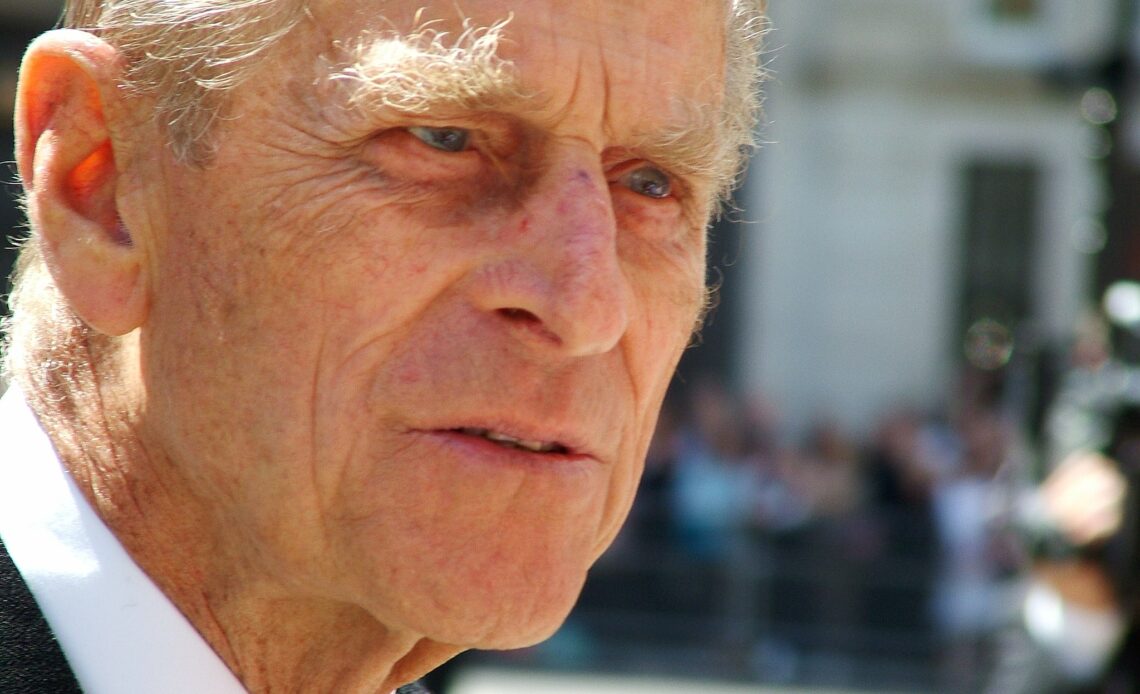
While a key figure in the British Royal Family, Prince Philip, Duke of Edinburgh, was first known as Prince Philip of Greece and Denmark. Born into the Greek and Danish royal families, Philip was born on Corfu, Greece, on 10 June 1921 to Princess Alice and Prince Andrew of Greece and Denmark. At the time of his birth, he was sixth in line to the Greek throne, and at the age of 18 months, his family was exiled.
His father, Prince Andrew of Greece and Denmark, was absent from his birth as he fought in the Greek Army during the Greco-Turkish War (1919-1922). During the war, Andrew was the Greek Second Army Corps commander and later became an ineffectual general.
[getty src=”3259948″ width=”421″ height=”594″ tld=”com”]At a pivotal moment in the war, during the Battle of Sakarya on 19 September 1921, Andrew refused to obey his superior officer’s orders and instead used his own battle plan. Greece subsequently lost the war, and a year later, he was arrested as part of the 1922 Revolution – a revolt of the Greek armed forces against the government, who held responsible for the Turkish victory. The arrest and revolution led to the Greek monarchy’s downfall, the abdication of King Constantine I, and the ascension to the throne of Andrew’s nephew, King George II. As the brother of King Constantine I and a disgraced army commander, Andrew was accused of treason and initially sentenced to death.
After hearing of his circumstances, Princess Alice travelled to Athens to plead for her husband’s life. She was not permitted to see him, so she turned to her British relatives for help. After being released in December 1922, a Royal Navy gunboat, HMS Calypso, evacuated the family from Corfu. Philip, the couple’s only son, was reportedly carried out to the ship in a makeshift cot made out of an orange box.
[getty src=”3067062″ width=”594″ height=”474″ tld=”com”]The family – that had been stripped of their Greek citizenship – settled in France after travelling on Danish passports issued by the Danish monarch. Philip received his early education at the MacJannet American School in Paris. A Greek prince living in France, Philip said his stateless identity played a part in creating his own identity.
“If anything, I’ve thought of myself as Scandinavian, particularly Danish. We spoke English at home. The others learned Greek. I could understand a certain amount of it. But then the conversation would go into French. Then it went into German because we had German cousins. If you couldn’t think of a word in one language, you tended to go off in another,” Philip has been quoted as saying.
Continuing his education in Germany and the United Kingdom, Philip joined the British Royal Navy in 1939. For a short time, Philip went back to Greece to live with his mother, but in the autumn of 1939, he returned to Britain to resume his Navy training.
After meeting then 13-year-old Princess Elizabeth in 1939, Philip was granted permission by her father, George VI, to marry Elizabeth. Before the official engagement announcement in July 1947, Philip abandoned his Greek and Danish titles and styles and became a naturalised British subject. He also adopted his maternal grandparents’ surname, Mountbatten.
[getty src=”76086683″ width=”594″ height=”457″ tld=”com”]In a 1999 interview with the Sunday Telegraph, Philip said he believed the world sees him as the “refugee husband” of Queen Elizabeth II. After marrying into the small core of King George VI, Queen Elizabeth, and two princesses (Princesses Elizabeth and Margaret), Philip said it threw him in the deep end.
“The first 10 years I don’t remember much about,″ he said.
As media coverage had evolved over the years, he noted how the media turned the Royal Family into a soap opera. “Now, I am desperate if I find there are British press on a foreign visit. I know they’ll wreck the thing if they possibly can.”
When asked how he thinks he is perceived, he replied,”I don’t know, Refugee husband, I suppose.″
The Queen formally issued Letters Patent in 1957 making Philip a British prince and with decades of public service behind him, he was certainly no refugee husband anymore.
Prince Philip, The Duke of Edinburgh, died on 9 April 2021.

